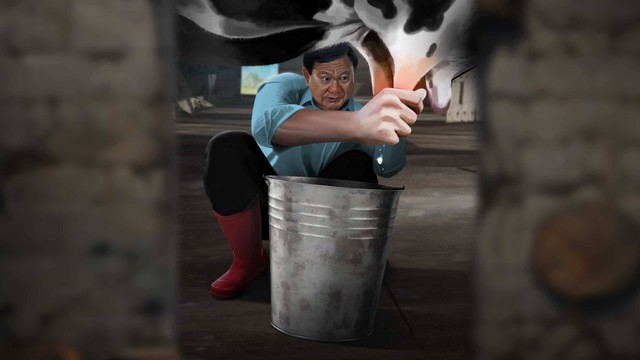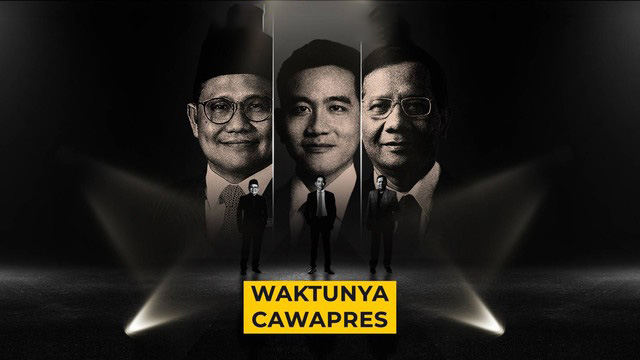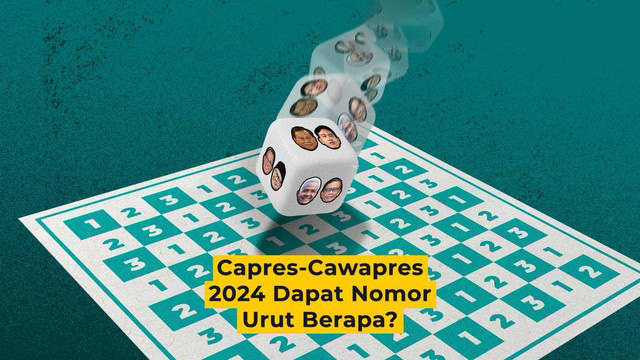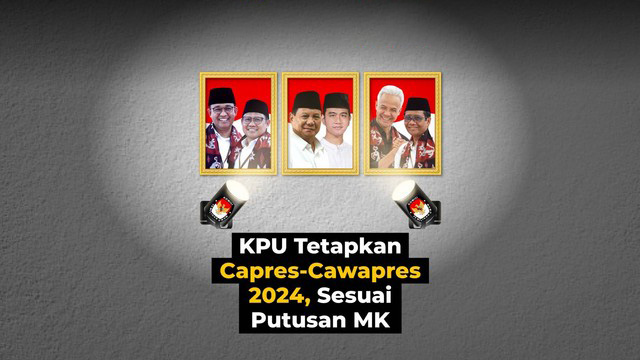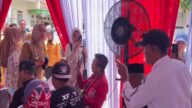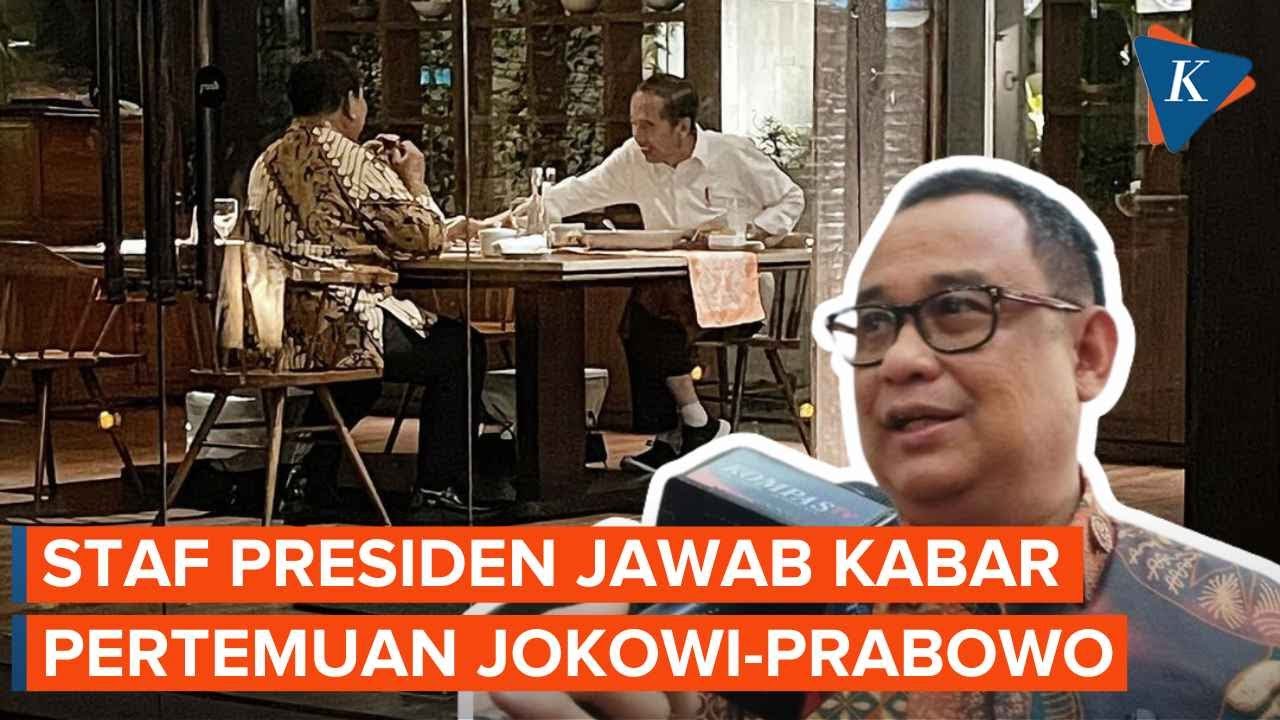The Mythology of Tricksters in Modern Games
1. Introduction to Tricksters in Mythology and Modern Culture
Trickster figures are a fascinating component of mythological traditions worldwide, characterized by their mischievous, cunning, and often unpredictable nature. They serve as agents of chaos and change, embodying qualities that challenge authority and question societal norms. These characters are not merely troublemakers; they often carry deeper lessons about human nature, morality, and the complexity of the universe.
Historically, tricksters have played vital roles across diverse cultures. From Norse Loki, Native American Coyote, to Irish Puck, each mythological figure offers unique insights into societal values and human psychology. As storytelling evolved, these archetypes found new life in modern media, particularly in video games, where their traits are used to enrich narratives and gameplay dynamics.
Contents at a Glance
- The Role of Tricksters in Mythology: Origins and Functions
- Transition from Myth to Modern Media: How Tricksters Evolve
- Tricksters in Modern Games: An Overview
- Case Study: Le Zeus and the Modern Trickster Archetype
- Educational Insights: Why Tricksters Matter in Learning and Engagement
- Non-Obvious Dimensions: Cultural and Ethical Perspectives
- Future Trends: The Evolution of Tricksters in Digital Media
- Conclusion: The Enduring Legacy of Tricksters
2. The Role of Tricksters in Mythology: Origins and Functions
a. Common traits and archetypes of mythological tricksters
Mythological tricksters often share key characteristics such as intelligence, adaptability, and a penchant for deception. They typically challenge authority, subvert societal rules, and serve as catalysts for change. Their cleverness allows them to outwit gods, monsters, or humans, often revealing truths hidden beneath surface appearances.
b. Cultural variations: Norse Loki, Native American Coyote, Irish Puck
Different cultures have their unique trickster figures:
- Norse Loki: A shape-shifter and master of mischief, Loki embodies chaos and unpredictability, often causing trouble for gods and humans alike.
- Native American Coyote: Seen across tribes like the Navajo and Hopi, Coyote is both a creator and a trickster, teaching lessons through humorous and sometimes reckless actions.
- Irish Puck: A mischievous fairy from Shakespeare’s “A Midsummer Night’s Dream,” Puck is playful, cunning, and embodies the unpredictable nature of the natural world.
c. Lessons and themes conveyed through trickster stories
Trickster tales often explore themes like the importance of wit over brute strength, the fluidity of morality, and the value of adaptability. They highlight that chaos can lead to growth and that questioning authority can foster societal progress.
3. Transition from Myth to Modern Media: How Tricksters Evolve
a. Adaptation of mythological traits into contemporary storytelling
Modern storytellers adapt trickster traits by emphasizing their cleverness, humor, and unpredictability. Characters now often possess complex personalities blending mischief with relatable human flaws, making them more accessible and engaging for contemporary audiences.
b. The appeal of trickster characters in interactive and visual media
Video games, animation, and digital media leverage tricksters’ unpredictability to create dynamic narratives and gameplay experiences. Their capacity to surprise players fosters engagement and emotional investment, as players enjoy outsmarting or being outsmarted by these characters.
c. Examples of trickster influence in modern entertainment
Characters like lezeus info’s mischievous cartoon Zeus exemplify how mythological archetypes are reinterpreted visually. Other notable examples include the Joker from DC Comics, Deadpool from Marvel, and the Trickster in the “Skyrim” game series, all embodying traits of cunning, mischief, and unpredictability.
4. Tricksters in Modern Games: An Overview
a. How game designers incorporate trickster traits to enhance gameplay and narrative
Game developers craft characters with traits like cunning, mischief, and unpredictability to introduce complexity and surprise. These characters often challenge players’ expectations, encouraging creative problem-solving and strategic thinking.
b. The importance of mischief, cunning, and unpredictability in game characters
Such traits foster engagement by creating a sense of unpredictability, making gameplay less monotonous. They also serve to deepen storylines, as trickster characters often act as catalysts for plot twists and moral dilemmas.
c. Examples of trickster characters in popular games
| Game | Trickster Character | Traits |
|---|---|---|
| The Legend of Zelda: Majora’s Mask | Happy Mask Salesman | Mischievous, mysterious, manipulative |
| League of Legends | Ekko | Clever, unpredictable, time-manipulating |
| Among Us | Impostor | Deceptive, sneaky, unpredictable |
5. Case Study: Le Zeus and the Modern Trickster Archetype
a. Analysis of Zeus as depicted in «Le Zeus»: a mischievous cartoon figure
In «Le Zeus», Zeus is reimagined as a playful, mischievous cartoon character, embodying the traits of a trickster more than a traditional deity. His antics, humor, and unpredictable behavior illustrate how mythological archetypes can be adapted into modern entertainment, making ancient stories relevant and engaging for contemporary audiences.
b. Contrasting traditional Zeus with the trickster archetype
Traditional Zeus, as depicted in Greek mythology, was a powerful god associated with authority, justice, and sometimes, capriciousness. In contrast, «Le Zeus» emphasizes his mischievous side, aligning more closely with the trickster archetype, which values cunning and humor over divine power. This reinterpretation highlights how modern media can blend mythological inspiration with fresh character design.
c. How «Le Zeus» exemplifies the blending of mythological inspiration with modern character design
By transforming Zeus into a playful, unpredictable figure, «Le Zeus» demonstrates the timeless appeal of trickster traits. Such adaptations not only entertain but also serve as educational tools, illustrating how mythological themes can evolve while retaining their core messages. For more insights into innovative character designs inspired by myth, visit lezeus info.
6. Educational Insights: Why Tricksters Matter in Learning and Engagement
a. The psychological appeal of tricksters and their role in cognitive development
Research indicates that characters embodying trickster qualities stimulate curiosity and critical thinking. Their unpredictability encourages players and learners to adapt strategies, fostering cognitive flexibility and problem-solving skills essential for development.
b. Using trickster characters to teach problem-solving and adaptability
In educational games, trickster figures serve as catalysts for creative problem-solving. Their ambiguous motives challenge players to think outside the box and develop resilience against unexpected obstacles, mirroring real-world scenarios.
c. Enhancing user engagement through relatable, unpredictable characters
Characters that exhibit traits like humor, cunning, and unpredictability increase engagement by providing entertainment and emotional resonance. This dynamic fosters a deeper connection, encouraging continued learning and exploration.
7. Non-Obvious Dimensions: Cultural and Ethical Perspectives
a. The cultural significance and reinterpretation of tricksters in different societies
Across cultures, tricksters are reinterpreted to reflect societal values. For example, in some Indigenous traditions, Coyote symbolizes wisdom through mischief, while in others, Loki’s chaos highlights the dangers of hubris. Modern media often adapt these figures to resonate with contemporary audiences, emphasizing humor and relatability.
b. Ethical considerations: mischief versus harm in trickster narratives
While tricksters often engage in mischief, ethical boundaries are a key concern. Modern games and media navigate this by portraying tricksters as humorous or clever without endorsing harmful behavior, fostering understanding of context and morality.
c. How modern games navigate these complexities through character design
Game designers incorporate nuanced traits, allowing trickster characters to display mischief without crossing ethical lines. This approach promotes entertainment while encouraging players to reflect on morality and social norms.
8. Future Trends: The Evolution of Tricksters in Digital Media
a. Potential for innovative storytelling through AI and interactive media
Artificial Intelligence and immersive technologies open new possibilities for trickster characters. They can adapt dynamically to player choices, creating personalized narratives that deepen engagement and redefine traditional archetypes.
b. The rise of multi-dimensional trickster characters in virtual environments
Future tricksters may possess complex personalities, cultural backgrounds, and moral ambiguities, reflecting diverse societal values. Such characters will serve as mirrors and catalysts within increasingly sophisticated virtual worlds.
c. The role of cultural diversity in shaping future trickster representations
As global interconnectedness grows, trickster figures will likely incorporate elements from various cultural traditions, enriching storytelling and fostering cross-cultural understanding.
9. Conclusion: The Enduring Legacy of Tricksters in Modern Gaming and Culture
Throughout history, tricksters have served as vital symbols of change, humor, and resilience. Their ability to adapt from myth to modern media underscores their universal appeal and relevance. Understanding these characters enhances our appreciation of storytelling, game design, and cultural diversity.
“Trickster figures remind us that chaos and order are intertwined, and that wit and humor are powerful tools for navigating life’s complexities.” — Educational Perspective
As the digital landscape continues to evolve, so too will the archetype of the trickster, embodying new forms of innovation and cultural richness. Their enduring legacy enriches both entertainment and our understanding of human nature.







